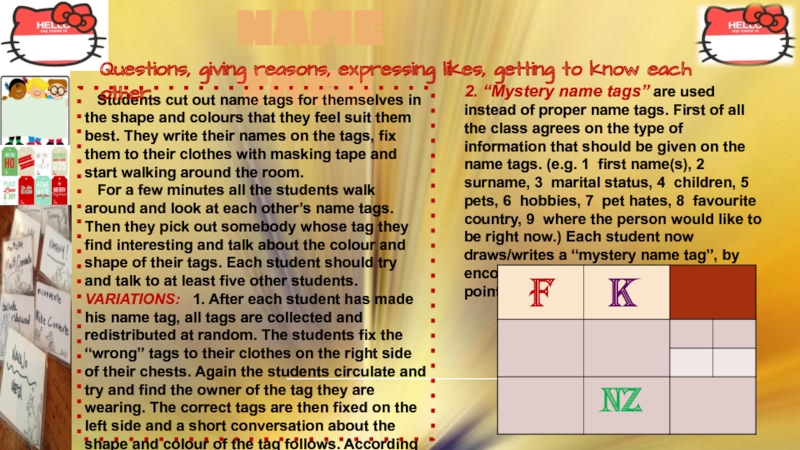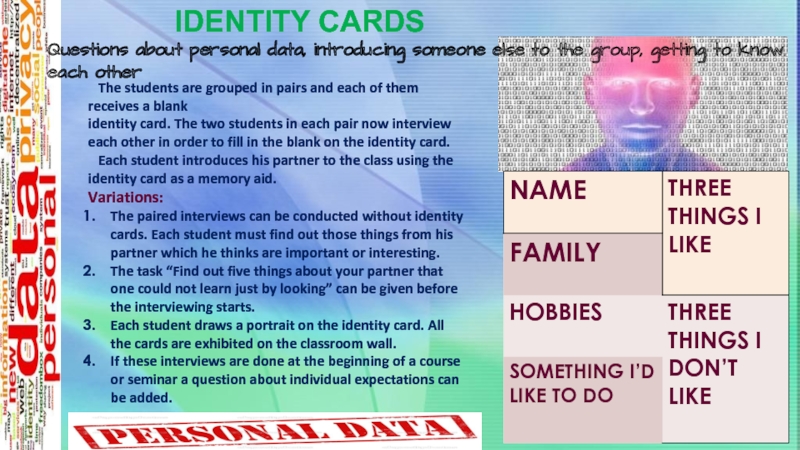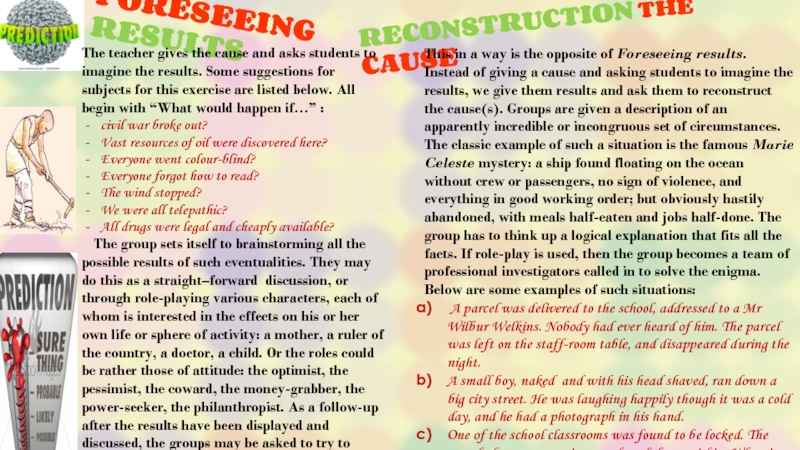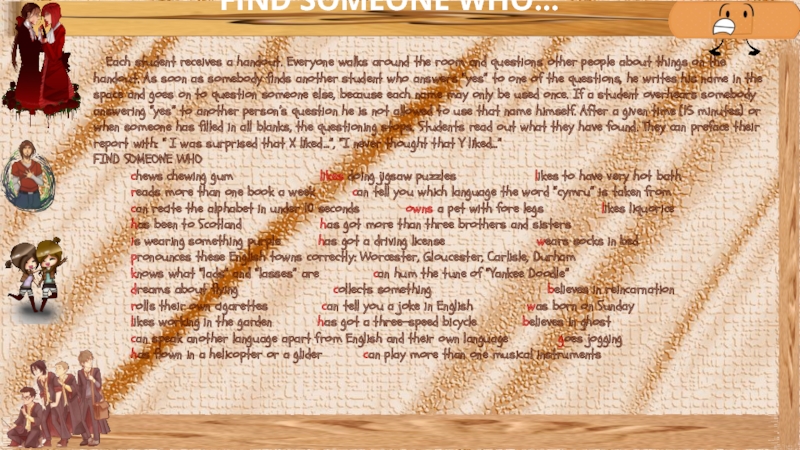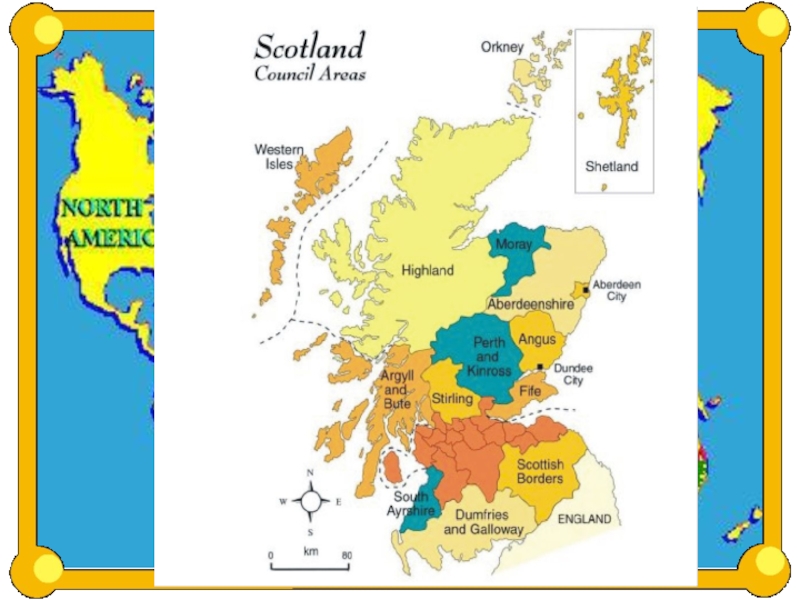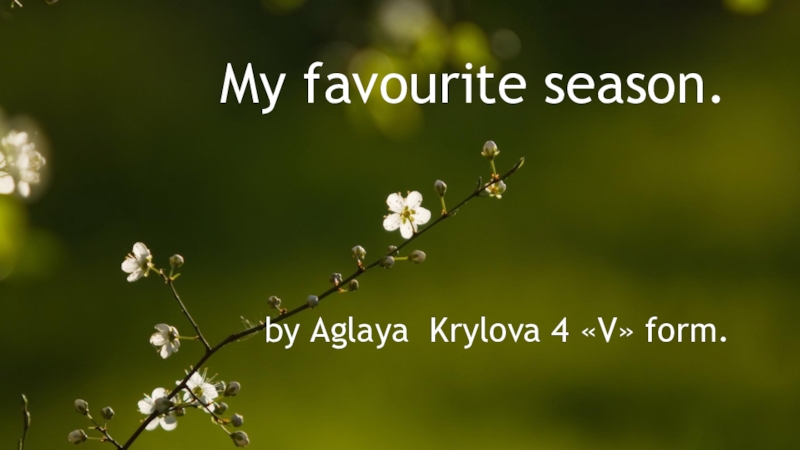- Главная
- Разное
- Образование
- Спорт
- Естествознание
- Природоведение
- Религиоведение
- Французский язык
- Черчение
- Английский язык
- Астрономия
- Алгебра
- Биология
- География
- Геометрия
- Детские презентации
- Информатика
- История
- Литература
- Математика
- Музыка
- МХК
- Немецкий язык
- ОБЖ
- Обществознание
- Окружающий мир
- Педагогика
- Русский язык
- Технология
- Физика
- Философия
- Химия
- Шаблоны, фоны, картинки для презентаций
- Экология
- Экономика
Презентация, доклад по английскому языку How to start the lesson effectively
Содержание
- 1. Презентация по английскому языку How to start the lesson effectively
- 2. WARMING-UPEXERCISESGet to know each otherThe right moodAtmosphereSuitable for beginnersIdeas for dividing SS into groupsReduce the strain
- 3. NAME TAGS Students cut out
- 4. IDENTITY CARDSQuestions about personal data, introducing someone
- 5. C L U S T E R
- 6. BACK TO BACKDESCRIBING APPEARANCE AND PERSONALITYWhile the
- 7. BrainstormingThe way to get good ideas is
- 8. The class is divided into
- 9. TEFL GAMESH O T P O T
- 10. TEFL GAMESTELL ME ABOUT ITThe teacher puts
- 11. Some more exercises to develop speaking
- 12. Unfinished sentencesEach student receives a copy of
- 13. FORESEEING RESULTSRECONSTRUCTION THE CAUSEThe teacher gives the
- 14. QUESTIONINGACTIVITIES
- 15. WHAT WOULD HAPPEN IF…? Every student
- 16. QUESTION GAME Each student receives the
- 17. GO AND FIND OUTEach student receives a
- 18. FIND SOMEONE WHO… Each student receives
- 19. SOMETHING ELSEThe teacher explains the basic idea
- 20. AGELESSEach group of students/the class talks about
- 21. QUESTIONS AND ANSWER CARDSThe students work in
- 22. Слайд 22
Слайд 2WARMING-UP
EXERCISES
Get to know each other
The right mood
Atmosphere
Suitable for beginners
Ideas for dividing
into groups
Reduce the strain
Слайд 3NAME TAGS
Students cut out name tags for themselves
For a few minutes all the students walk around and look at each other’s name tags. Then they pick out somebody whose tag they find interesting and talk about the colour and shape of their tags. Each student should try and talk to at least five other students.
VARIATIONS: 1. After each student has made his name tag, all tags are collected and redistributed at random. The students fix the “wrong” tags to their clothes on the right side of their chests. Again the students circulate and try and find the owner of the tag they are wearing. The correct tags are then fixed on the left side and a short conversation about the shape and colour of the tag follows. According to the level of achievement in the class the types of questions can be varied.
Questions, giving reasons, expressing likes, getting to know each other.
2. “Mystery name tags” are used instead of proper name tags. First of all the class agrees on the type of information that should be given on the name tags. (e.g. 1 first name(s), 2 surname, 3 marital status, 4 children, 5 pets, 6 hobbies, 7 pet hates, 8 favourite country, 9 where the person would like to be right now.) Each student now draws/writes a “mystery name tag”, by encoding the information for these nine points in abbreviations or symbols.
Слайд 4IDENTITY CARDS
Questions about personal data, introducing someone else to the group,
The students are grouped in pairs and each of them receives a blank
identity card. The two students in each pair now interview each other in order to fill in the blank on the identity card.
Each student introduces his partner to the class using the identity card as a memory aid.
Variations:
The paired interviews can be conducted without identity cards. Each student must find out those things from his partner which he thinks are important or interesting.
The task “Find out five things about your partner that one could not learn just by looking” can be given before the interviewing starts.
Each student draws a portrait on the identity card. All the cards are exhibited on the classroom wall.
If these interviews are done at the beginning of a course or seminar a question about individual expectations can be added.
Слайд 5C L U S T E R S
Listening comprehension, understanding instructions,
cooperation,
The students walk around the room while the music is playing. As soon as the music is switched off the teacher gives a command, e.g. “Stand together in groups of five.” When students have sorted themselves into groups the music continues and everybody again walks around alone until the next command.
After about five to eight commands which involve everybody, the game can be finished off by calling out numbers, e.g. “seven”. This means that separate groups of seven students have to be formed. Anyone who is not in a group of seven is out.
Possible commands:
Shake hands with as many people as possible
Form a group with people of roughly the same height
Stand together in groups of four and agree on a song you want to sing
Mime a scene with at least three other people
Find people whose birthday is in the same month as yours
Preparation:
A list of command for the teacher, a cassette recorder for background music.
The room should be cleared of
tables and chairs.
Слайд 6BACK TO BACK
DESCRIBING APPEARANCE AND PERSONALITY
While the music is playing or
Слайд 7Brainstorming
The way to get good ideas is to get lots of
Celebrate diversity
Don’t overlook the obvious
Don’t fear repetitions
All ideas are good ideas
Involve everyone
Слайд 8 The class is divided into groups. Each group receives
How many possible uses can you find for a paper clip (plastic bag | wooden coat hanger | tea cup | pencil | sheet of typing paper | matchbox, etc.)?
You have to make an important phone call but you have no change. How many ways can you find of getting the money for the call.?
How many ways can you find of opening a wine bottle without a corkscrew?
How many ways can you find of having a cheap holiday?
The group works on the task for a few minutes, collecting as many ideas as possible without commenting on them or evaluating them. All the ideas are written down by the group secretary.
Each group reads out their list of ideas. The ideas are written on the board. The groups choose five ideas from the complete list (either the most original or the most practical ones) and rank them.
Brainstorming increases mental flexibility and encourage original thinking. It is a useful strategy for a great number of teaching situations.
Слайд 9TEFL GAMES
H O T
P O T A T O
This game
Benefits: The exercise is good for keeping students alert, training their memories and helping students think on their feet. It is especially useful in practicing verb tenses and new verbs.
T I C – T A C – T O E
The class is divided into two teams. The teacher draws a tic-tac-toe board on the blackboard and assigns x’s and o’s to each team. The teacher says a word and the first team must write the past tense form of the verb on the blackboard. If they write the word correctly, they may put an X where they like. If they are incorrect, the opposing team puts an O where they want.
H O T S E A T
The class is divided into teams. Each group is given a different category that they are to make a list of 10 items for. For example one group could have the category, “food”, another group could have “countries”, another “verbs”, etc.
When the list is ready, the teacher brings two chairs up to the blackboard so that they are facing each other, one student should sit with his / her back to the blackboard, one student should face the blackboard.
The other members of the group should stand in a line behind the student who is facing the blackboard
The teacher takes one of the lists from the other groups (not the group who is at the front of the classroom), and writes a word on the blackboard so that the student whose back is to the board cannot see it. The student who is facing the board must try and describe the word so that the student whose back is to the board can guess the word.
CHANGING THE SUBJECT
The students are divided into groups. Each student receives a card with a number and a word on it. The students must go in numerical order and say a sentence containing the word on the card. The first person begins: “I had a very quiet weekend, I just stayed in and watched TV.” Person 2: “Speaking of weekends we are thinking of having a party next weekend because it is “Super Bowl Sunday.” The conversation goes around the circle until someone can think of nothing to say.
Слайд 10TEFL GAMES
TELL ME ABOUT IT
The teacher puts students into pairs, A
BY THE WAY
The teacher holds up an object and says “Here’s a -------” She tells the class that they are going to pass it from one person to another ( this can be done in smaller groups as well). The students must state what the object is and then make a comment about how the object relates to themselves. For example:
“Here is an apple, by the way I’m from Washington State, the apple growing capital of the USA.” or
“Here is an apple, by the way, I eat lots of apples.”
Lecture 5%
Reading 10%
Audio Visual 20%
Demonstration 30%
Discussion Group 50%
Practice By Doing 75%
Teaching Others 90%
ONE-MINUTE SPEECHES
The class is divided into two teams. The teacher prepares small pieces of paper with topics written on them (for example, London, sports, music, clothing, etc.) One student from the first team chooses a piece of paper and must speak on that topic for one minute. If the student can speak for one minute and everything he / she says is correct, his / her team receives two points. If he / she speaks for one minute but someone he / she says is incorrect, his /her team receives one point. One-minute speeches are good to help students practice free speaking.
Слайд 11Some more exercises to develop
speaking activity
Playing cards
For instance:
Diamonds: earning money
Hearts: love and relationship
Spades: an unforgettable memory
Clubs: best teacher
Each student in a group will choose a card. Then each student will write 4-5 questions about the topic to ask the other people in the group. For example:
If the topic “Diamonds: earning money” is selected, here are some possible questions:
Is money important in your life? Why?
What is the easiest way of earning money?
What do you think about the lottery? etc.
Yes | No questions are forbidden.
Students pretend that they are in various social contexts and have a variety of social roles. In role-play activities, the teacher gives information to the learners such as who they are and what they think or feel. The teacher can tell the students: “You are David, you go to the doctor and tell him what happened last night, and…”
Слайд 12Unfinished sentences
Each student receives a copy of the handout:
The funniest
If I had 24 hours to live………………………..
I’d like to spend a long holiday in……..
I wish politicians would……………………….
Parents should always…………………………..
This world would be a better place if..
The thing that worries me most is………
I never worry about……………………………….
Some day I am going to…………………………
I get very angry if…………………………………..
I find it difficult…………………………………..
I’d like to be more……………and less……..
I am not interested in…………………………..
Studying is………................................................
If I could be somewhere else now, I’d….
Stem sentences or
My favourite animals are ……………
I like people who …………………………
I could not live without ………………
I have never ……………………………………
I am frightened of …………………………
......................................makes me good
Everybody should …………………………
The last time I laughed a lot was…...
I’d like to have ………………………….........
Each student is asked to fill it in.
Individual students asked others to read out certain sentences. Students may refuse if they feel their answers are too personal. A short discussion with other members of the group sharing their ideas can follow.
Variations
1. All completed handouts are collected. Each handout is read out and its author guessed.
2. The students put their completed handouts like name tag. Then they walk around the room and talk in pairs or small groups about their views and feelings
Слайд 13FORESEEING RESULTS
RECONSTRUCTION THE CAUSE
The teacher gives the cause and asks students
civil war broke out?
Vast resources of oil were discovered here?
Everyone went colour-blind?
Everyone forgot how to read?
The wind stopped?
We were all telepathic?
All drugs were legal and cheaply available?
The group sets itself to brainstorming all the possible results of such eventualities. They may do this as a straight–forward discussion, or through role-playing various characters, each of whom is interested in the effects on his or her own life or sphere of activity: a mother, a ruler of the country, a doctor, a child. Or the roles could be rather those of attitude: the optimist, the pessimist, the coward, the money-grabber, the power-seeker, the philanthropist. As a follow-up after the results have been displayed and discussed, the groups may be asked to try to decide what measures should be taken to anticipate or cope with those implications which appear problematical.
This in a way is the opposite of Foreseeing results. Instead of giving a cause and asking students to imagine the results, we give them results and ask them to reconstruct the cause(s). Groups are given a description of an apparently incredible or incongruous set of circumstances. The classic example of such a situation is the famous Marie Celeste mystery: a ship found floating on the ocean without crew or passengers, no sign of violence, and everything in good working order; but obviously hastily abandoned, with meals half-eaten and jobs half-done. The group has to think up a logical explanation that fits all the facts. If role-play is used, then the group becomes a team of professional investigators called in to solve the enigma. Below are some examples of such situations:
A parcel was delivered to the school, addressed to a Mr Wilbur Welkins. Nobody had ever heard of him. The parcel was left on the staff-room table, and disappeared during the night.
A small boy, naked and with his head shaved, ran down a big city street. He was laughing happily though it was a cold day, and he had a photograph in his hand.
One of the school classrooms was found to be locked. The sound of a man groaning was heard from within. When it was broken into, it was discovered that most of the furniture had been smashed. There were two dead mice near the door and a strong smell of burnt rubber in the air.
Слайд 15WHAT WOULD HAPPEN IF…?
Every student receives one or two
SOME MORE SUGGESTIONS:
What would happen
if everybody who told a lie turned green? if girls had to do military service?
if gold was found in your area? if a film has made in your school/place of work?
if smoking has forbidden in public places? if the price of alcohol was raised by 300 per cent?
What would you do
if you saw your teacher picking apples from her neighbor’s tree? if it rained every day of your holiday?
if a salesman called at your house and tried to sell you a sauna bath? if you found a snake under your bed?
if you got a love letter from somebody you did not know? if you got lost on a walk in the woods?
if somebody hit a small child very hard in your presence? if you were not able to remember numbers?
if your friend said that she did not like the present you had given her? if you could not sleep at night?
if you suddenly found that you could become invisible by eating spinach? if you have won 1mln pounds?
if you broke an expensive vase while you were baby-sitting at a friend’s house? if you were absolutely blind?
Слайд 16QUESTION GAME
Each student receives the dice, question board
Taking turns, each student throws the dice. One die indicates the question to be asked (the one on top of the pile of question cards next to the number thrown) the other, the person who must answer the question. If the “question-die” shows a 6, the person whose turn it is may ask a question of the student whose number was thrown with the “student-die”. The exercise is finished when everybody has answered every question.
VARIATIONS:
1. Students can prepare different questions.
2. Instead of personal questions others concerning subjects or topics taught in class can be chosen.
Слайд 17GO AND FIND OUT
Each student receives a task and a list
VARIATIONS: 1. The types of task can be varied according to the background, age and interests of the group.
Two or three students can be given the same task.
FIND OUT
who likes spiders, frogs and beetles. who can dance the tango.
who knows the capitals of Australia and New Zealand. who likes spinach.
who does not watch TV for more than two hours a week. who can knit.
who can cook a really good meal. who reads a daily paper.
who usually sings in the bath. who has more than 100 books.
who collects something unusual. who likes horror films.
who can sew on buttons and darn socks who likes to get up early.
who can repair a flat tyre on a bicycle. who writes poems.
who can play musical instrument. who keeps a diary.
whose name has more than twenty letters. who has had a holiday job.
Слайд 18FIND SOMEONE WHO…
Each student receives a handout. Everyone walks
FIND SOMEONE WHO
chews chewing gum likes doing jigsaw puzzles likes to have very hot bath
reads more than one book a week can tell you which language the word “cymru” is taken from
can recite the alphabet in under 10 seconds owns a pet with fore legs likes liquorice
has been to Scotland has got more than three brothers and sisters
is wearing something purple has got a driving license wears socks in bed
pronounces these English towns correctly: Worcester, Gloucester, Carlisle, Durham
knows what “lads” and “lasses” are can hum the tune of “Yankee Doodle”
dreams about flying collects something believes in reincarnation
rolls their own cigarettes can tell you a joke in English was born on Sunday
likes working in the garden has got a three-speed bicycle believes in ghost
can speak another language apart from English and their own language goes jogging
has flown in a helicopter or a glider can play more than one musical instruments
Слайд 19SOMETHING ELSE
The teacher explains the basic idea of the activity: “Suppose
VARIATIONS: SOMETHING ELSE can also be played as a guessing game. Two students are asked to leave the room while the rest of the class agree on a person to be guessed. When the two students are called back in they ask questions such as: “What would the person be if he or she was an animal? a colour? a building? a flower? a landscape?, etc. From the answers, characteristics of the person can be deduced and his or her identity guessed. If the person to be guessed is present he can comment on the comparisons made, e.g. “I was surprised that…/ I don’t see myself as…/ Being compared to…was quite startling/disappointing/flattering/embarrassing…”
Слайд 20AGELESS
Each group of students/the class talks about age, guided by the
What do you like about your present age?
What did you like about being younger?
What will you like about being 5 / 10 / 30 years older?
What will you like about being elderly?
What is the ideal age? Why?
What could you say to someone who is not happy about his age?
Do you often think about age, growing old, staying young?
Does advertising influence your feelings?
VARIATIONS:
The questions can be distributed to different students, who ask the other members of the class / their group when it is their turn.
REMARKS:
The exercise works well if the students have known each other for a while and a friendly, supportive atmosphere has been established.
Слайд 21QUESTIONS AND ANSWER CARDS
The students work in pairs. They question each
(If several cards have been distributed each pair of students exchanges cards with another after having answered all the questions.) VARIATIONS:
Each student receives a different card and has to find his partner before he can start with his questions
Ask your partner questions about A Australia:
About its size
About its wildlife
About its native people
Big cities: Sydney, Melbourne, Adelaide, Perth, Brisbane, Darwin
Flag:
Natural resources: uranium, coal, iron ore, copper.
KEEPING FIT A
Talk with your partner about keeping fit.
Start like this:
What do you do about keeping fit?
……….
Would you like to do more or less?
…………
What do you think?
…………..
Go on in this way
Here are the answers to your partner’s B questions:
Native people of Australia: Aborigines – arrived 30,000 years ago, many tribes, lived in harmony with the land. Today: discrimination, poverty.
Size: as big as Brazil
Wildlife: lots of animals not found elsewhere, e.g. kangaroo, koala, emu.
Ask your partner questions about Australia:
About the flag
About natural resources
About big cities
KEEPING FIT B
Talk with your partner about keeping fit
Answer the questions then go on.
………..
What about you?
………..
Do you think it is important to keep fit? Why?
………….
………….
Go on in this way


